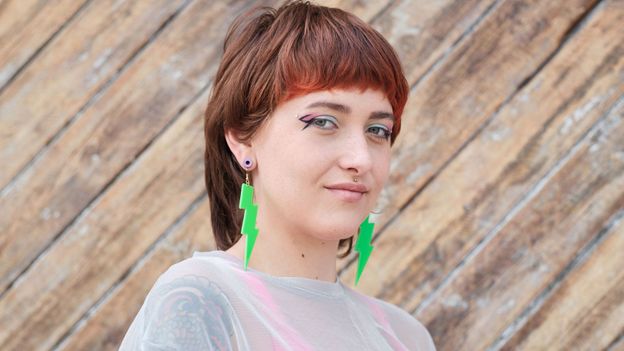Young people are shaking off gender binary rules

As Kenney says, “If there are ‘boy colours’ and ‘girl colours’, different activities, interests or careers for men and women, then there are emotions and ideas and speaking styles for men and women, too.” Whereas traditional societal expectations of gender norms – what is ‘masculine’ versus ‘feminine’ – can be limiting in terms of personal expression, whereas a gender spectrum allows for a greater inclusion of all kinds of lived experiences.
Gen Z finds traditional gender roles less relevant and appropriate for their everyday lives. “Clothes and hairstyles do not define your gender – only you define it,” says Preece, who serves as an ambassador for the UK-based LGBT+ youth charity Just Like Us. “I don’t believe that gender should need a label. It helps explain to others how you identify, but it shouldn’t restrict or limit the individual.”
‘Most Gen Z will just go with it’
Jessica Hille, the assistant director for education at The Kinsey Institute in Indiana, US, explains that “all definitions and categories of gender are socially and historically situated, created by people in particular cultural contexts”. So, Gen Z’s different understanding of gender is part of an “ongoing development”, in which views and attitudes are constantly evolving with time.
“From my experience, Gen Z is more accepting and less challenging to your identity when you come out,” says Cappi, who also serves as an ambassador for Just Like Us. “You might say: ‘Hey, I identify as this, could you please use this name and pronouns for me?’ Most Gen Z will just go with it, whereas I’ve experienced way more questioning, hesitancy and challenges from other generations.”
The internet and social media have significantly influenced the younger generation’s decision to stop viewing gender strictly as a binary. “Contemporary teens now walk through the world with a mini-computer in their hands,” says Lisa Diamond, psychology and gender-studies professor at The University of Utah, US.